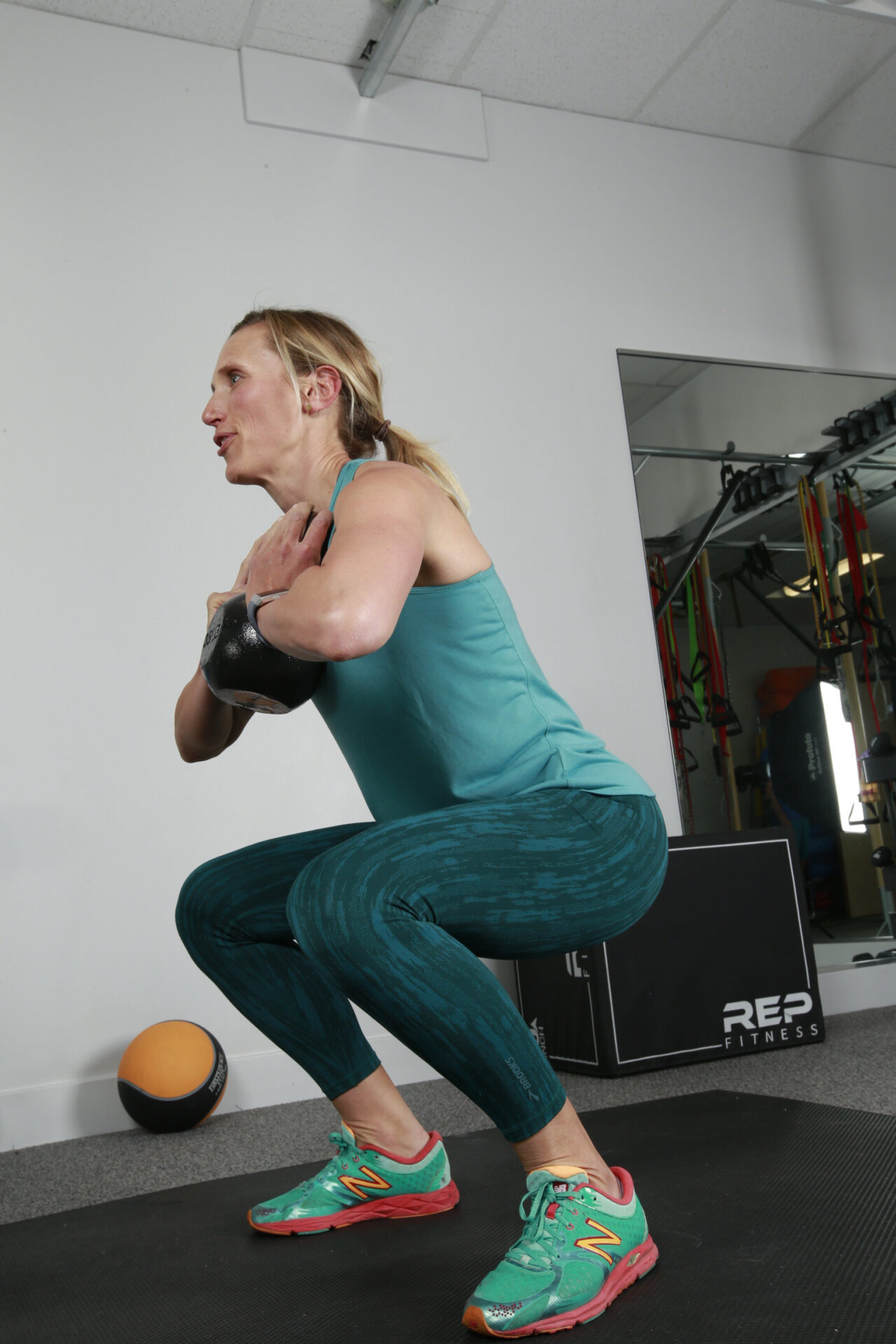Many questions arise during pregnancy regarding the safety of different forms of exercise for both mother and developing child. The information included here originates from the recently revised Canadian guideline for physical activity during pregnancy (Mottola et al 2019) and the American College of Obstetricians and Gynecologists Opinion on Physical Activity During Pregnancy and the Postpartum Period (https://bit.ly/3dH8Vkc) .
The benefits of exercise during pregnancy are overwhelming and include: fewer newborn complications, healthy maternal weight gain and reduced risk for: gestational diabetes, preeclampsia, Cesarean section, instrumented delivery, depressive symptoms, urinary incontinence and musculoskeletal pain. Physical activity (even in the first trimester) has NOT been shown to increase the risk of miscarriage, preterm birth or other birth defects/complications. In fact, women who did not engage in physical activity from the first trimester of pregnancy increased the odds of pregnancy complications. The following recommendations apply to women with uncomplicated pregnancies. Before initiating an exercise program during pregnancy, ensure you involve your physician in the discussion.
Get moving! All pregnant women should participate in moderate intensity activity (able to carry on a conversation) for 150 minutes/week regardless of previous exercise status. Women who previously participated in vigorous physical activity such as running or interval training may continue to do so keeping in mind that there is little evidence investigating the effects of exercising while pregnant above 85-90% of maximum heart rate.
Get strong! Include aerobic, resistance and flexibility training. It is common for women to participate in aerobic exercise and prenatal yoga/stretching but less common to incorporate strength training into a prenatal fitness program particularly without previous strength training experience. Interestingly, combining aerobic exercise with resistance training was more effective at improving health outcomes than aerobic exercise alone. Consider the fact that you will be lifting and carrying a small but rapidly growing human after childbirth. Strength training prepares you for this workload and has been shown to reduce the incidence of low back and pelvic pain postpartum.
Reduce fear! Most exercise performed in uncomplicated pregnancy is safe with the exception of exercise performed in high temperatures, contact sports or where there is a risk of falling. We must consider the potential for unintended harm by telling women not to participate in certain exercises as fear of movement may reduce activity participation, which can result in adverse health outcomes for both mom and baby. Exercising while lying on your back is OK. Change position if you experience light-headedness, nausea or feel unwell. Abdominal exercises including crunches are also safe to perform if you do not experience discomfort, leaking or pelvic floor heaviness with exercise. The concern with performing abdominal exercise during pregnancy is that it may contribute to diastasis recti (abdominal separation at the midline) but to date there is no peer-reviewed evidence to suggest that women who participate in abdominal exercise during pregnancy are at higher risk for developing this condition (Sperstad et al 2016).
Signs of caution with exercise during pregnancy include: vaginal bleeding, dizziness, chest pain or excessive shortness of breath, fluid leakage from vagina or regular/painful uterine contractions. If you experience any of these symptoms, please stop and contact your doctor.
If you have questions about exercise during pregnancy, please contact the women’s health physical therapy experts at MEND or schedule an appointment.

